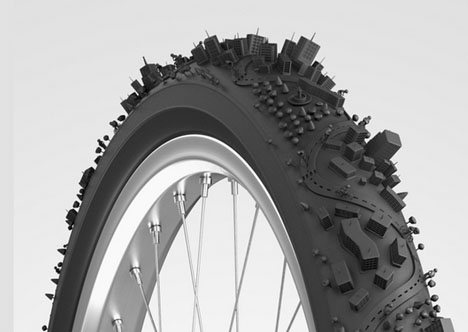Bike tires
tires Fixes, Reviews & Guides

Install Stan's NoTubes Tubeless Conversion Kit on a Non-Tubeless Wheel
Here you're going to see how to install a Stan's tubeless kit into a non-Stan's mountain wheel. The tools you're going to need: a drill with 3/8 inch bit, the proper kit (refer to...
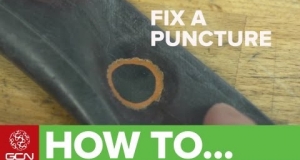
How To Patch A Bike Tube
We've shown you how to replace the tube in your bicycle tire, but there also comes a time when you might want to just patch up the hole. Generally bike tubes aren't the most expensive pieces on...
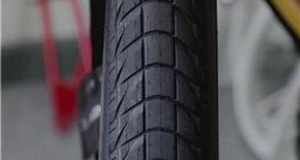
What Are the Different Types of Bike Tires
Today we're gonna talk to you about different types of tires and different bikes that they go on. There's different types of riding that you're going to be doing. There's BMX racing that uses a...
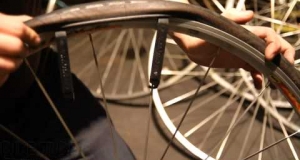
How to Repair a Flat Bike Tire
How to replace a bike tube, no hassles. In this vid we are dealing with a presta valve, but it also works with schroeder valves.
You will need some tire levers which you can pick up for a...
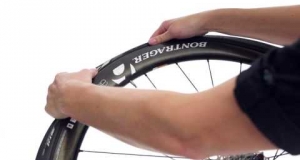
How to Replace your Bike Tube and Removing a Tire
An unexpected flat tire can be really deflating. When all you want to do is get back on two wheels, don't sweat it. Here's the step-by-step to turn that frown upside down:
Removing the Bike...